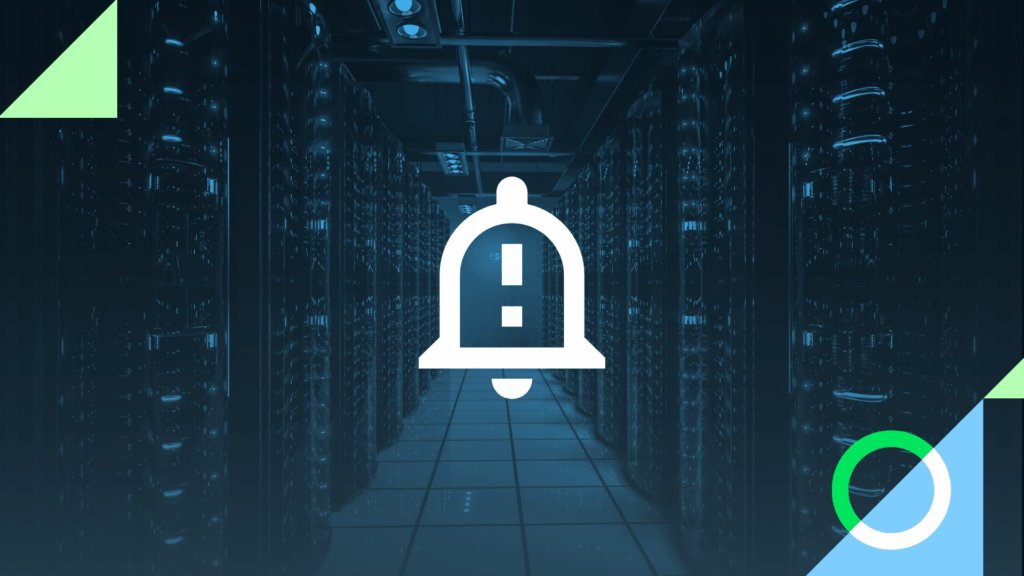As artificial intelligence continues to reshape industries worldwide, the companies powering this revolution face unprecedented obstacles. From massive capital requirements to complex geopolitical tensions, AI infrastructure providers are navigating a challenging landscape that’s evolving at breakneck speed.
Recent social listening analysis of social media discussions surrounding the industry reveals the most pressing concerns facing artificial intelligence infrastructure companies today.
Download the complete AI Infrastructure Industry Report

1. Capital Intensity: The Billion-Dollar Barrier (29.0% of discussions)
The Challenge: Building AI infrastructure requires eye-watering financial investment that’s creating barriers to entry even for tech giants.
Capital intensity dominates AI infrastructure discussions for good reason. Companies like NVIDIA, TSMC, and hyperscalers including AWS, Google, and Microsoft are spending billions on cutting-edge facilities and R&D. The costs are staggering. From advanced chip fabrication plants costing tens of billions to massive data center expansions supporting machine learning infrastructure.
These high-profile investments grab headlines, but they also create a fundamental challenge for AI infrastructure providers: only companies with the deepest pockets can compete at the highest levels. This capital intensity is reshaping the AI technology landscape, potentially consolidating power among a few well-funded players in the artificial intelligence infrastructure space.
2. Compute Scaling: Racing Against Physics (11.3% of discussions)
The Challenge: Meeting explosive demand for AI processing power while confronting fundamental technical limitations.
The hunger for computational power in AI infrastructure is insatiable, but physics is pushing back. As Moore’s Law slows (the decades-old observation that chip processing power doubles roughly every two years) and transistors become increasingly difficult to shrink, companies face the dual challenge of delivering more powerful chips while managing technical constraints like memory bandwidth bottlenecks in their AI systems infrastructure.
This isn’t just a technical problem, it directly impacts AI model performance across the entire machine learning infrastructure stack. Every breakthrough in language models, computer vision, or autonomous systems depends on having sufficient compute power. The AI infrastructure companies that solve this scaling challenge will likely dominate the next wave of artificial intelligence innovation.
3. Transparency & Explainability: The Black Box Dilemma (10.5% of discussions)
The Challenge: Balancing competitive advantage with growing demands for AI systems that people can understand and trust.
Stakeholders increasingly demand AI infrastructure solutions they can understand, especially in critical sectors like healthcare and finance. But there’s a fundamental tension: the more transparent companies make their AI platform infrastructure, the more they potentially compromise their competitive advantages.
This challenge is particularly acute as “black box” AI concerns fuel public debate around artificial intelligence infrastructure. Companies must find ways to address explainability requirements without sacrificing the proprietary technology that gives them their edge in the AI infrastructure market. It’s a delicate balance that’s becoming increasingly difficult to maintain.
4. Geopolitical Tensions: When Technology Meets Politics (10.2% of discussions)
The Challenge: Navigating trade wars and technology decoupling that threaten global AI infrastructure supply chains.
The U.S.-China trade war has created massive uncertainty for AI infrastructure providers. Technology decoupling initiatives, export controls, and ongoing concerns about Taiwan (home to critical semiconductor manufacturing for machine learning infrastructure) are forcing companies to rethink their global strategies.
These geopolitical tensions aren’t just background noise; they’re actively reshaping AI infrastructure supply chains, pricing, and technology availability. Companies must now factor political considerations into every major artificial intelligence infrastructure decision, adding complexity to an already challenging business environment.
Curious about which AI infrastructure companies have the highest share of voice in media coverage? Get the complete market analysis →
5. Infrastructure Scaling: Building for the Unknown (7.2% of discussions)
The Challenge: Creating distributed systems that can handle AI workloads nobody has attempted before.
While less flashy than chip development or geopolitical drama, AI systems infrastructure scaling represents a critical downstream challenge. Cloud providers like AWS, Google Cloud, and Azure must build machine learning infrastructure capable of handling AI workloads that are fundamentally different from traditional computing tasks.
The challenge is compounded by uncertainty about future AI architectures. AI infrastructure companies must invest in technology today for artificial intelligence systems that may not exist for years, making capacity planning extraordinarily difficult across the entire AI platform ecosystem.
6. Energy Efficiency: The Environmental Reckoning (5.0% of discussions)
The Challenge: Managing massive energy consumption while meeting growing environmental responsibilities.
AI infrastructure data centers consume enormous amounts of energy, and this consumption is growing exponentially. While this challenge ranks lower in current artificial intelligence infrastructure discussions, it’s becoming increasingly urgent as environmental concerns mount and energy costs rise.
Companies are exploring everything from nuclear power partnerships to more efficient chip architectures for their machine learning infrastructure, but the fundamental tension remains: AI’s voracious appetite for energy conflicts with sustainability goals. This challenge will likely climb the rankings as environmental pressures on AI infrastructure providers intensify.
The Road Ahead
These six leading challenges paint a picture of the AI infrastructure industry at a critical juncture. The companies that successfully navigate capital intensity, compute scaling, transparency demands, geopolitical tensions, infrastructure needs, and energy concerns will likely dominate the artificial intelligence infrastructure landscape for years to come.
What’s particularly striking is how interconnected these AI infrastructure challenges are. Geopolitical tensions affect capital allocation, which impacts compute scaling, which influences machine learning infrastructure decisions, which affects energy consumption. Success in AI infrastructure requires a holistic approach that addresses all these challenges simultaneously.
For industry observers and investors, these AI infrastructure challenges represent both risks and opportunities. The companies that solve these fundamental problems won’t just survive, they’ll define the future of artificial intelligence infrastructure itself.
Ready to dive deeper? Our comprehensive report includes detailed analysis of AI infrastructure market share of voice, social media trends, thought leadership insights, and upcoming industry events that will shape artificial intelligence infrastructure in 2025. Access the complete report now
Analysis based on social media discussions and mainstream media coverage of AI infrastructure challenges over the past six months, representing thousands of conversations across multiple platforms and news outlets.
